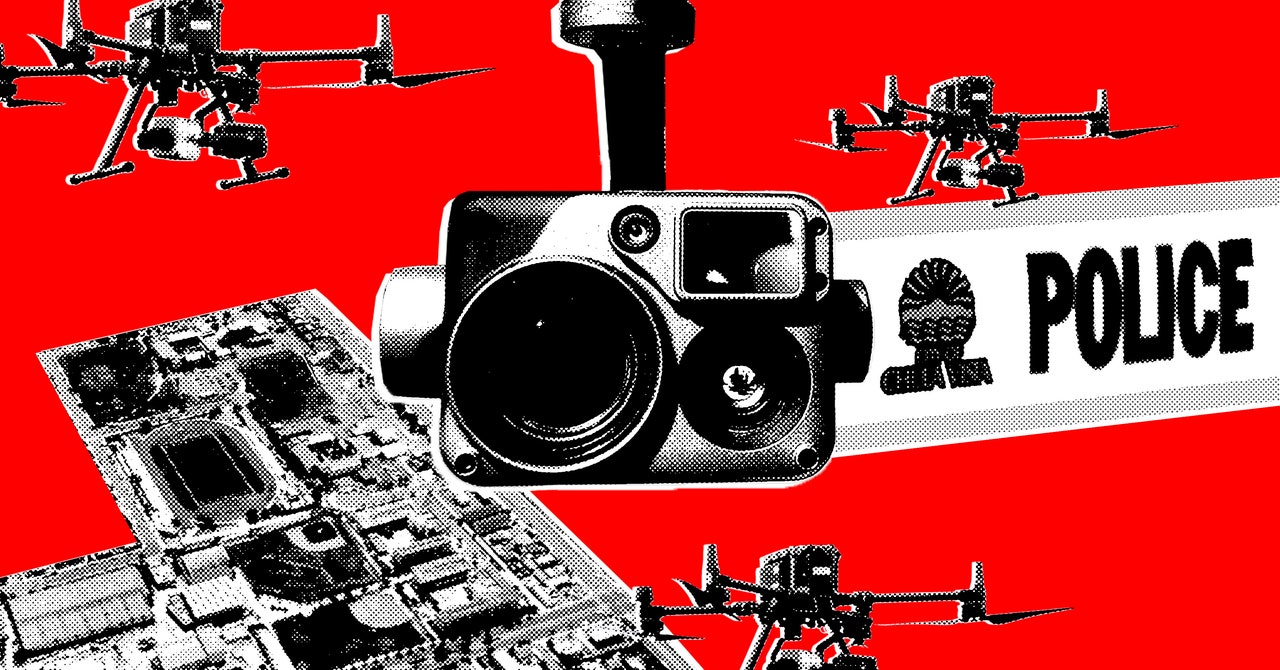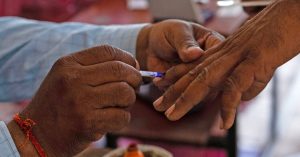
The city policed by machines
Investigation of a Chula Vista Drone as First Responder (DFR) Program: Where were the drones? What kind of people should be exposed to them?
Back in October 2018, Chula Vista made headlines by becoming the first city in the nation to launch a “Drone as First Responder” (DFR) program. Teleoperators listen to live phone calls and make a decision when and where to dispatch the drones. Since then, spotting drones has become a regular occurrence for residents. Crisscrossing the skies of Chula Vista nearly 20,000 times in total, they’re often the first to arrive at scenes of noise complaints, car accidents, overdoses, domestic disputes, and even homicides.
The records show that there was no physical altercation between Posada and his girlfriend when the officer monitoring the feed or the person who called the emergency number were present. He says the argument wasn’t serious and that it didn’t warrant such a high-tech police response. His girlfriend couldn’t be reached for comment. He says that money should be spent on feeding and clothing unsheltered people like himself, who have their lives thrown together every time officials break down their camp.
We analyzed 22 million coordinates from the drone flights to figure out where exactly drones were sent and why. The poorer the neighborhood, the more exposed the residents were to drones. Residents on a typical block in the working-class and largely immigrant west side of Chula Vista had drones in the skies above 10 times longer than a resident of a typical east-side block.
The machine lifted into the air with its high-resolution camera rolling. A sworn officer could monitor a screen at the precinct from which it transmitted a live feed of everything it captured, and the officer who responded to the scene could use his cell phone.
How do DFRs help residents feel safer in their public spaces? A testimonial from a man who used to be afraid of the drones
Some residents feel that they are constantly watched. Some are afraid to use their public spaces due to the thought of being spied on. A resident who showed us his medical records said that he was so scared by the drones that he ended up going to the ER with severe anxiety and insomnia.
At their best, DFR programs provide officers with intelligence ahead of initiating a potentially deadly in-person contact. Many residents say the drones make them feel safer. Some people feel like they are always being watched.
